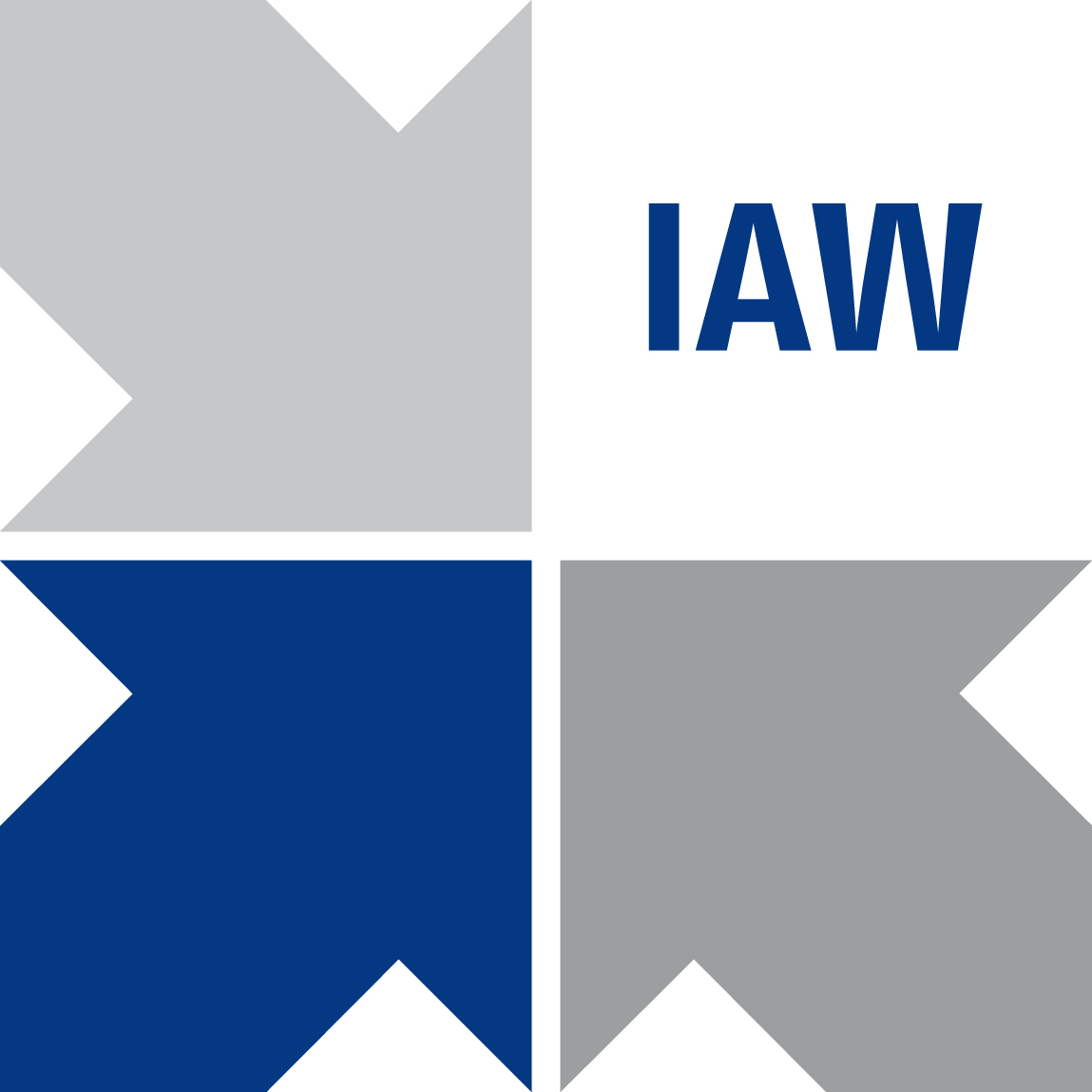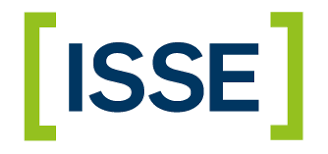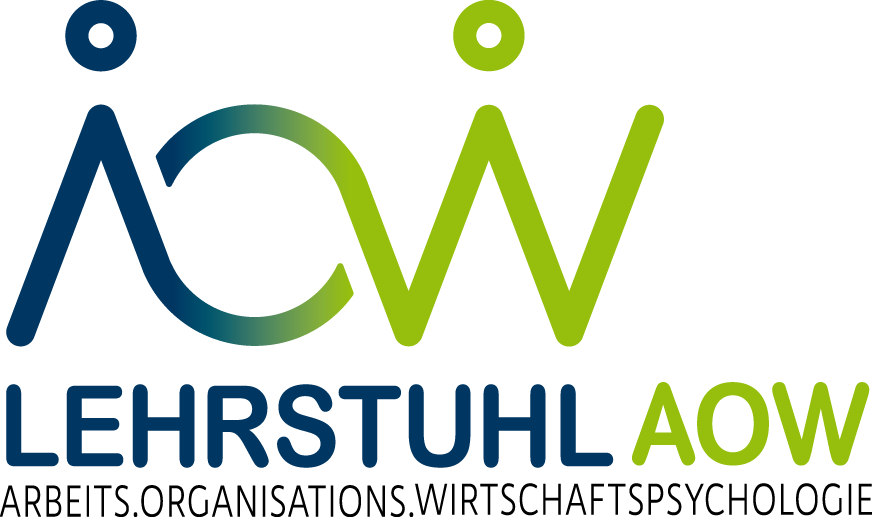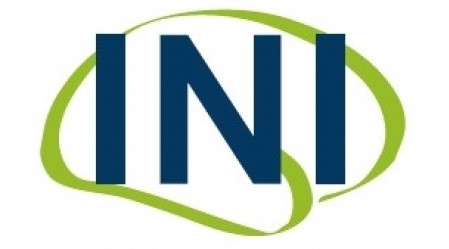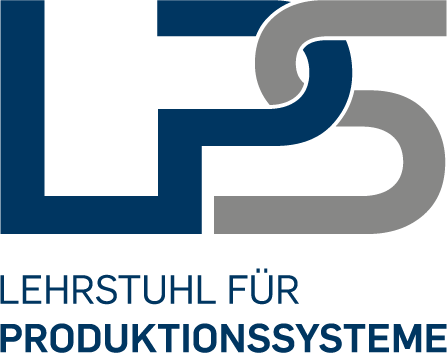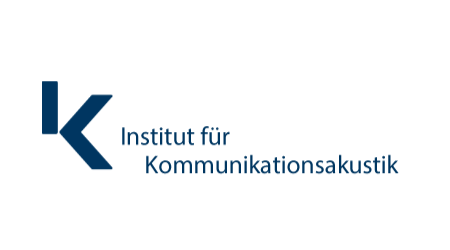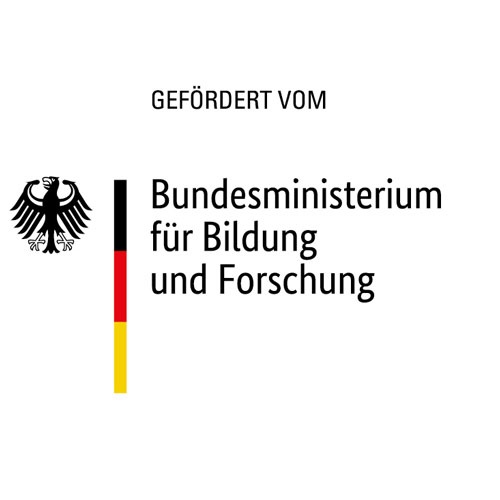The process guideline developed within the HUMAINE project is the product of multidisciplinary and interdisciplinary research and builds on the diverse expertise and methodological approaches of the scientific partners involved. he scientific knowledge building process that results in the process blueprint progresses through ongoing testing with our application partners and is enlivened by feedback with other researchers and practitioners. Therefore, we provide an excerpt of our very different tools on this page, which are applied within the HUMAINE project. The common goal of all instruments is the scientific support of human-centered AI applications in operational practice. Please note that the content of the Toolbox is currently only available in German. If you have a precise need for an English translation, please do not hesitate to contact us!
Instruments for Strategy and Business Model Development
When organizations look at artificial intelligence in their work processes, it implies business decisions and strategic planning. The tools listed here represent support services in this field, taking into account a human-centered approach to AI.
Instruments for Work and Work System Design
Human-centric AI use is also expressed by the fact that technology, organizational, and employee development are all given equal consideration in the further development of work systems. The tools listed here provide starting points for considering changing workflows, changing work roles, and stimulating and personality-enhancing workplaces when designing human-AI work systems.
Instruments for Human-centered Technology Development
The specific design of technical systems can take people into account to varying degrees and in different ways. The tools listed here provide an approach to AI applications and AI systems that goes beyond pure technology development. Not only specific forms of AI modeling (active learning) but also support systems for learning processes (learning factories) will be considered.
